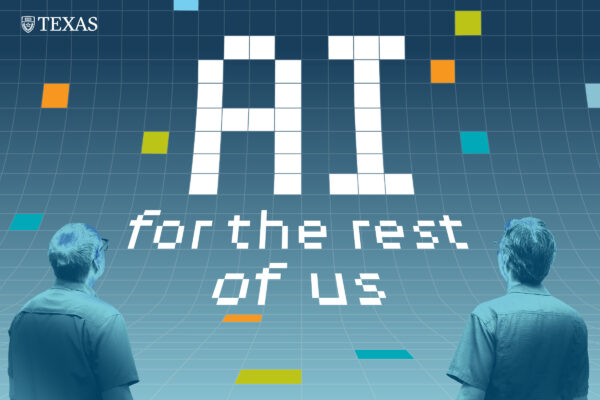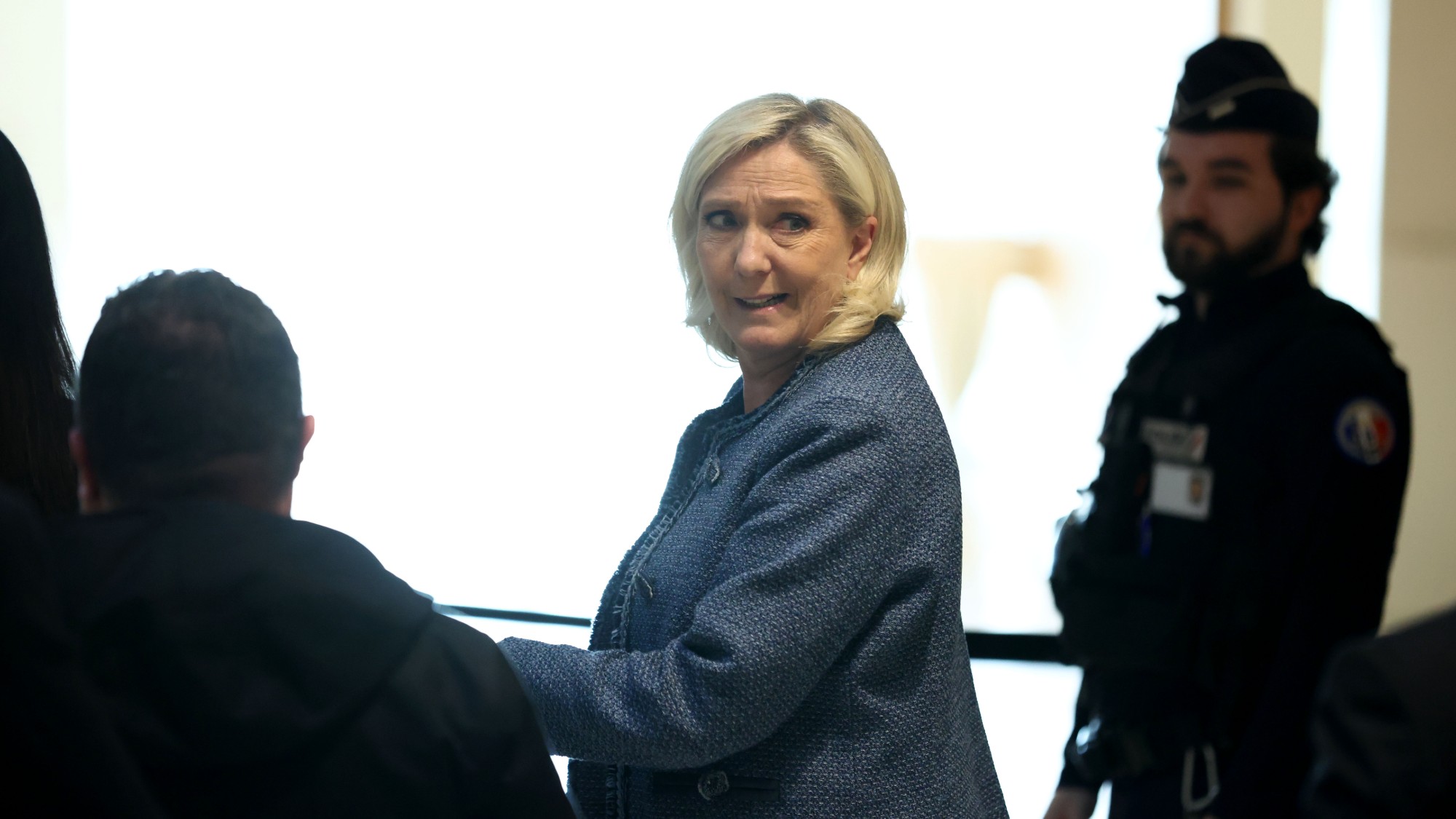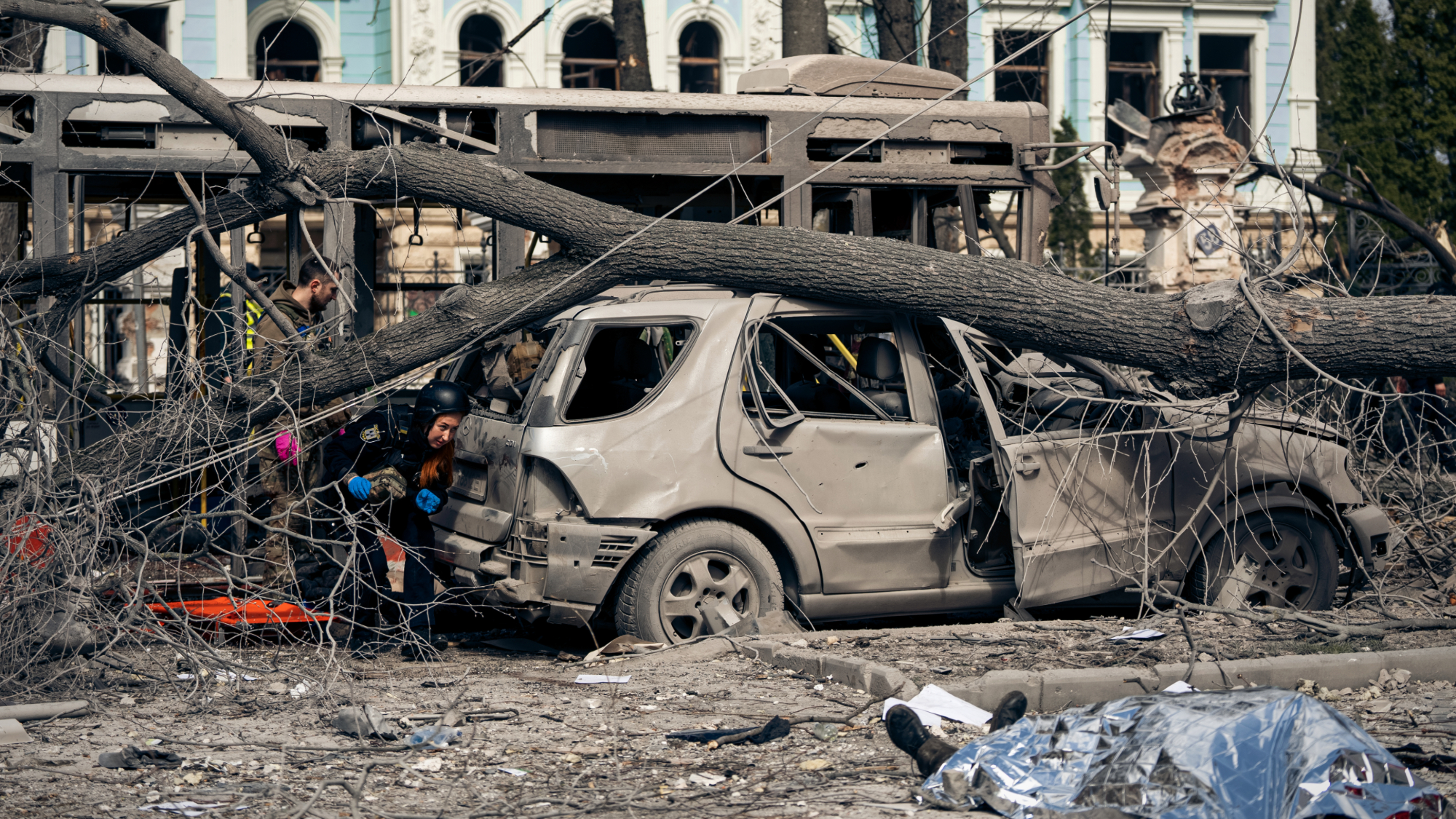As with most moments in my adult life, it was my students and literature that taught me the most significant lessons about the meaning of 9/11.
 That morning felt unremarkable, even after my co-teacher came back into the room in the middle of second period to whisper something to me about planes crashing and terrorism. It was only my second year of teaching high school. By the end of the day, I had my classes journaling their initial reactions, creating a sort of time capsule, I said, for when their future selves wanted to remember.
That morning felt unremarkable, even after my co-teacher came back into the room in the middle of second period to whisper something to me about planes crashing and terrorism. It was only my second year of teaching high school. By the end of the day, I had my classes journaling their initial reactions, creating a sort of time capsule, I said, for when their future selves wanted to remember.
I quickly wrote an article for an online magazine discussing how our view of events was filtered through the lens of pop culture, specifically action and disaster movies, and appeared on Canada’s version of “Morning Edition” two days after the attacks.
It was not until several years later, however, when a colleague suggested a new book for my curriculum, that I realized how distant and abstract my reaction and understanding of 9/11 had been.
That book was Extremely Loud and Incredibly Close by Jonathan Safran Foer. From the opening pages, the quirky young voice of Oskar Schell cut through my own agenda and intellectualization of 9/11 and awed me with the immensity of the trauma.
Foer’s novel, besides being an engrossing page-turner, invites and rewards close literary analysis. Its inventive structure plays masterfully with varying points of view and historical settings, using multiple motifs to tie together disparate stories. But the emotional core of the book also resists analysis — or, more accurately, resists the resolution that such academic exercises try to construct.
You cannot read the book without pausing and letting your emotions rule the day. When faced with the inexplicable, whether 9/11 or a previous catastrophe such as the bombings of World War II, the book asserts that the normal things in life, such as the words we use or the relationships we rely on, can fail us. And we can fail them.
The more I teach the book, however, the more distant 9/11 becomes in our culture.
In recent years, when I open the unit with a news montage of that morning in 2001, many students tell me it is the first time they viewed video of the events or had a substantial conversation about it. My students now were young enough in 2001 that their parents shielded them from the pain and suffering, but as they have gotten older, no one has taken the time to explain an event that has shaped the social and political context of their lives.
Last year, one of my other colleagues and her students did something to break that silence after reading Extremely Loud and Incredibly Close: they created their own 9/11 memorial in a local park and invited the broader community to reflect.
Extremely Loud and Incredibly Close is about speaking about the unspoken or recognizing what is unspeakable. With that inspiration, we try to raise a voice, even if it is hesitant or incomplete, to memorialize the past and acknowledge the lasting effects of 9/11 on the present.
Bernie Heidkamp is an English teacher Oak Park River Forest High School in Oak Park, IL. For more on how to teach 9/11 to students of all ages, check out another teacher’s perspective.
Popular News




Current News
Manufacturing

Collaboratively administrate empowered markets via plug-and-play networks. Dynamically procrastinate B2C users after installed base benefits. Dramatically visualize customer directed convergence without
Collaboratively administrate empowered markets via plug-and-play networks. Dynamically procrastinate B2C users after installed base benefits. Dramatically visualize customer directed convergence without revolutionary ROI.





About Us
Tech Photos
























